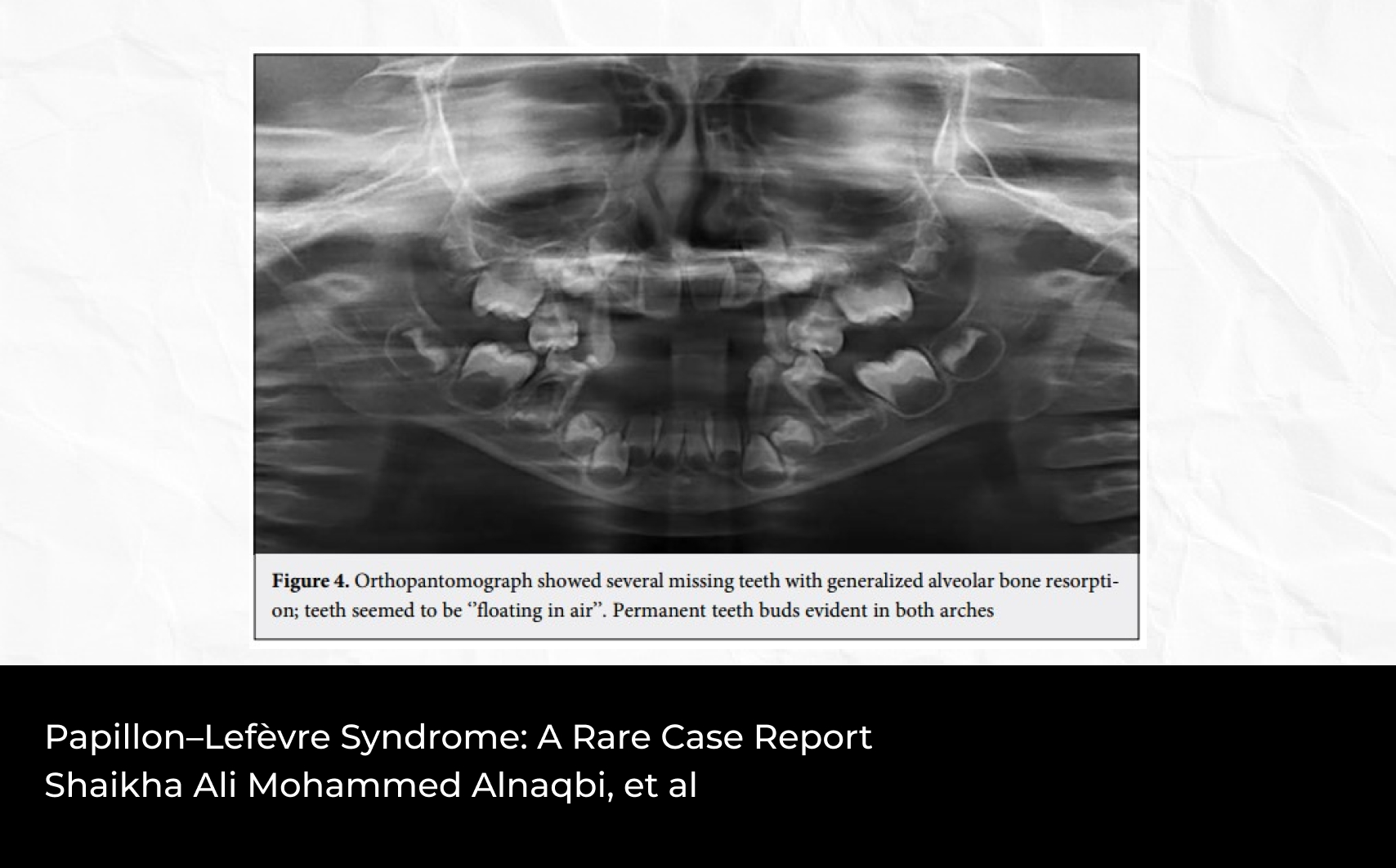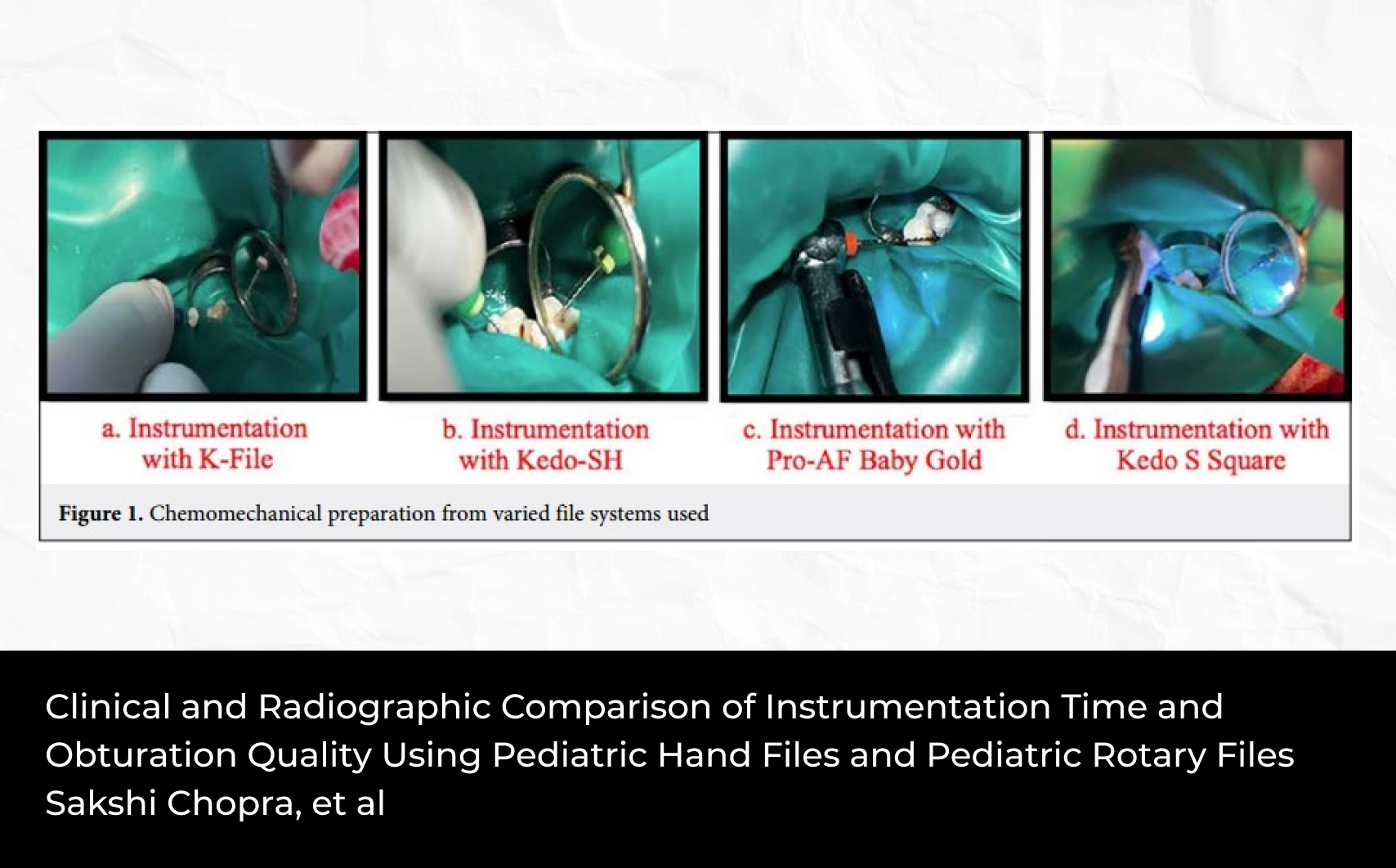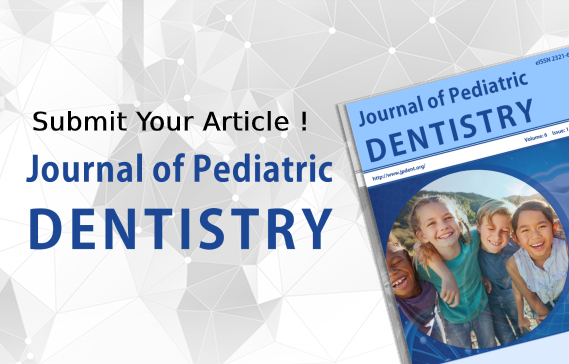Abstract
The aim of this systematic review of the literature was to evaluate the effectiveness of different types of distraction on behavior, pain perception, and dental anxiety in children and to compare them to conventional approaches. An electronic search was conducted on three databases (PubMed, Science Direct, and Scopus) and concerned randomized clinical trials published between 2000 and 2022, dealing with the effectiveness of distraction as a psycho-behavioral approach in the odontological management of children. This systematic review followed the guidelines of the PRISMA Statement (Preferred Reporting Items for Systematic Reviews and Meta-Analyses). A qualitative assessment of the risk of bias was performed using the online Cochrane Handbook for Systematic Reviews of Interventions. Ten randomized clinical trials were included in this review. These studies used active and passive distraction and demonstrated its role in the management of dental anxiety in children with superior efficacy to behavioral approaches. Both active and passive distraction are behavioral approaches that can positively improve the dental care process. However, further research with more homogeneous methodological characteristics, using different types of distraction, is desirable in order to have relevant conclusions.














